Graz Museum Schlossberg
A new museum for all
In the Graz Museum Schlossberg, visitors can enjoy the most beautiful and widest view of Graz. On an interactive screen in the cannon hall you can turn back the wheel of time and also immerse yourself in historical cityscapes.
The exhibition tells everything about the eventful history of the Schlossberg. There the Schlossberg monuments are presented with fascinating exhibits in their historical context. In the subterranean vault of the casemate, a multimedia Schlossberg model provides insights into the interior of the mountain with its kilometer-long system of tunnels. But first come and linger in the Garden of Wonders, where mythical creatures of Graz such as a panther, a dog, an elephant and a lions live and where children are invited to play.
The Graz Museum Schlossberg is the first point of contact that provides information about the Schlossberg and orientation for visitors, inviting them to come and linger with its open and low-threshold gesture. All areas are inspired by the special nature of the historical site on which the museum is located and at the same time bring the area into the present. Aimed at a strolling public, the Graz Museum Schlossberg adopts an welcoming, inviting and inclusive attitude, which is also expressed in the architectural design. All areas of the Graz Museum Schlossberg are barrier-free. In addition, there are special offers for the blind and visually impaired, such as a tactile panorama of the View of Graz.
Opening hours
Daily 11am to 16pm
Free admission to the Garden of Wonders: 2 hours before the museum opens and after it closes.
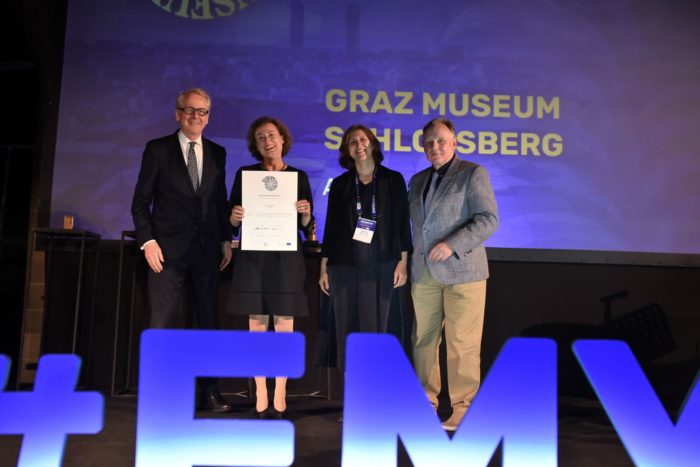
European Museum of the Year Award 2023 – Special Commendation
The Graz Museum Schlossberg was awarded a Special Commendation by the European Museum Forum on May 6, 2023 as part of the European Museum of the Year Award 2023 (EMYA). The Special Commendation award recognizes museums that have developed a new and innovative approach and are therefore considered a best practice example for other museums. This applies in particular to the inclusive focus of the Graz Museum Schlossberg, which is reflected in the architecture and design as well as in the preparation of content and in the communication.
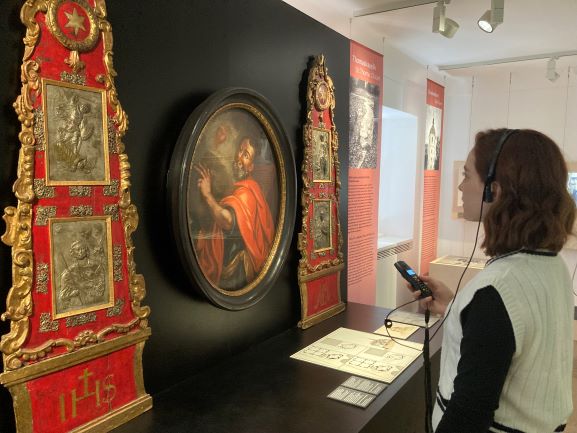
Audio Guide
Discover the new audio guide of the Graz Museum Schlossberg, which is available in German and English as well as in easy to read and with audio descriptions for blind and visually impaired people. You can use the audio guide on site with a rental device or with your own smartphone, but you can also access it online on a barrier-free website.
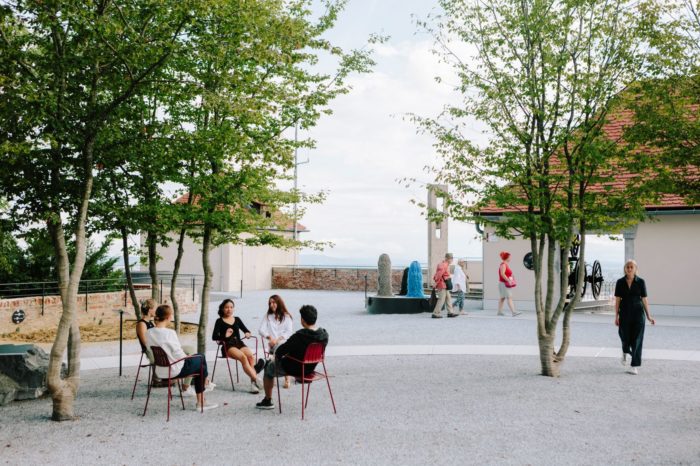
Graz Museum Schlossberg
The “Garden of Wonders”, dominated by shady hornbeams, is the place of arrival at the GrazMuseum Schlossberg. Children can embark on a journey of discovery and explore the stories of the mythical creatures that are at home on the Schlossberg. What is behind the mythical figures of the heraldic panther, the stone dog, the elephant and the lion are hidden wishes, fears and fantasies of their respective times: male claim to power, Hungarian supremacy, Ottoman threat and proud defence of the Schlossberg.
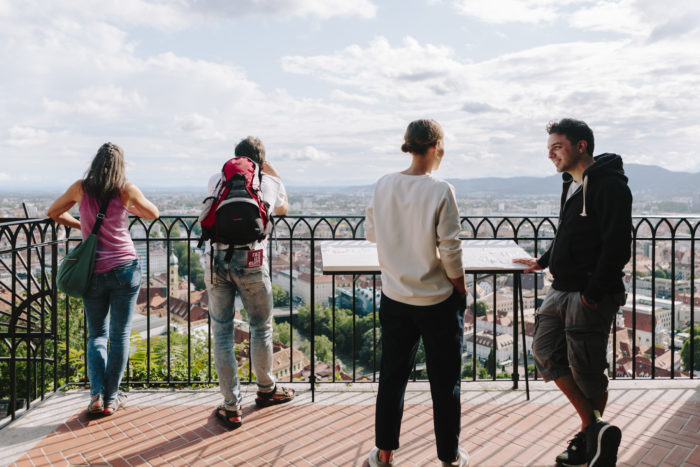
View of Graz
The Cannon Hall of the Stable or Cannon Bastion offers the most beautiful and widest panoramic view of Graz and its environs. In addition, the GrazMuseum Schlossberg can interpret the city historically as a kind of model of the city: On a large, interactive screen, the wheel of time is turned back from key year to key year and one is immersed in the respective historical cityscape. In the “View of Graz”, changes of the cityscape over the centuries can be traced in the fast-forward mode.
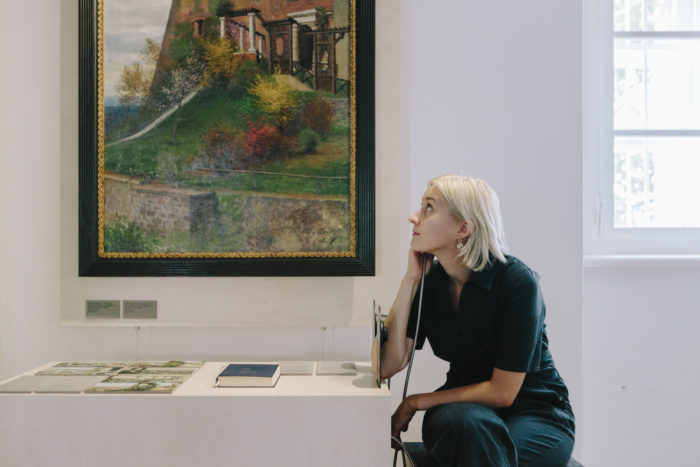
Historical Trail
Significant buildings and monuments of the Schlossberg, which you may just have passed by, reappear in the GrazMuseum Schlossberg. On the “Historical Trail” of the former Cannon House, visitors stroll past two dozen such déjà-vu experiences. There the Schlossberg monuments are presented in their historical context with fascinating exhibits. The trail leads from the seat of power and bulwark of the past through Napoleon’s siege of Graz up to the landscape garden and nature and leisure experience of today.
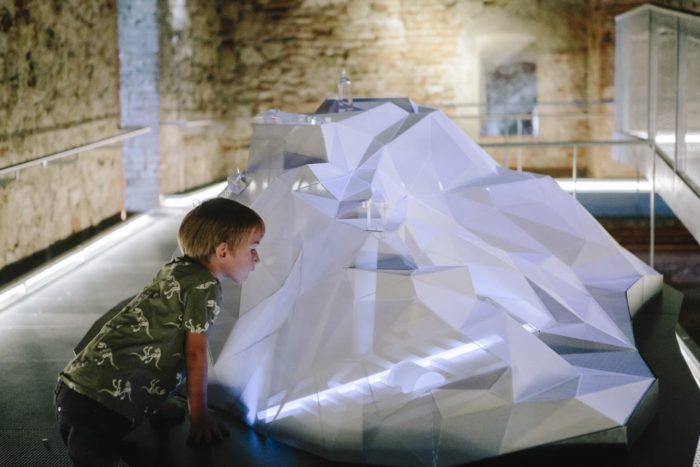
Schlossberg-Story
The casemate under the Stable or Cannon Bastion—a gigantic space protected by walls several metres thick—is accessible to people with disabilities for the first time in the GrazMuseum Schlossberg thanks to the installation of a lift. There, inside the bulwark, the audio-visual Schlossberg Story around a spectacular new transparent Schlossberg model illustrates the history of the hill. The multimedia show also provides views into the interior of the mountain with the Turkish Well and the more than six-kilometre-long tunnel system.
Arcitecture and design of the Graz Museums Schlossberg
The design by the architecture studio WG3 impresses with its inviting attitude and develops an atmospheric quality of stay in the new GrazMuseum Schlossberg. The foyer area—partly roofed, partly under trees—opens the historic courtyard of the Stable or Cannon Bastion towards the public strolling past: With its modern architectural layer, the ring-shaped paving and planting overcome the historical barrier to the former “barracks yard”.
Although the architectural concept of WG3 refers to the old fortification and defence community of the 16th to 19th centuries, it creates a new, open framework for today’s community of recreation seekers coming to the Schloßberg. In addition, the contemporary exhibition and graphic design of BUERO41A emphasises that the past centuries of the Schlossberg’s history are presented exclusively from a contemporary European perspective.
In 2021 the Graz Museum Schlossberg was honored with the Architectural Prize of the State of Styria.
